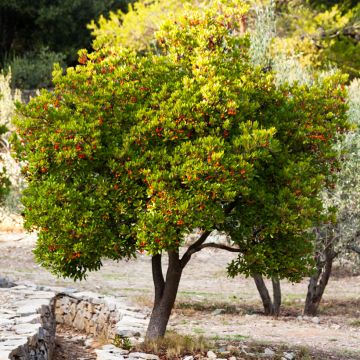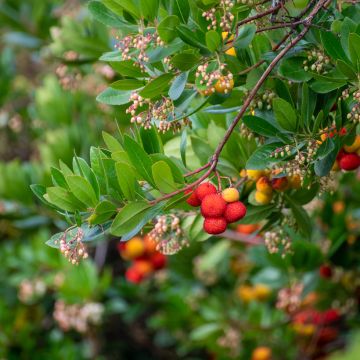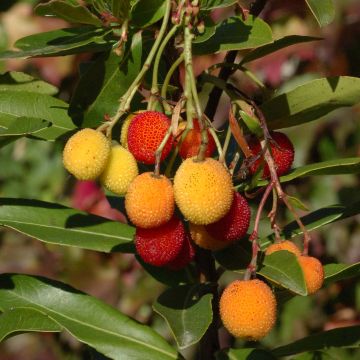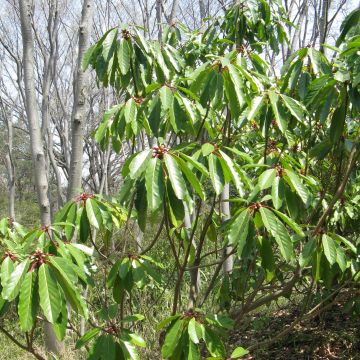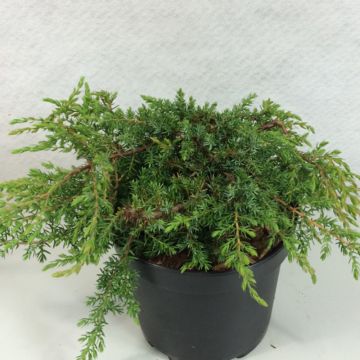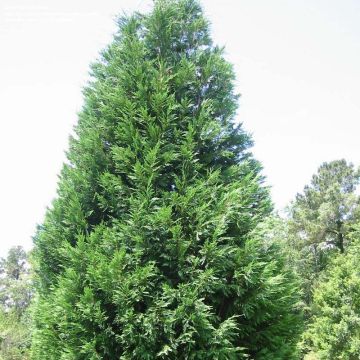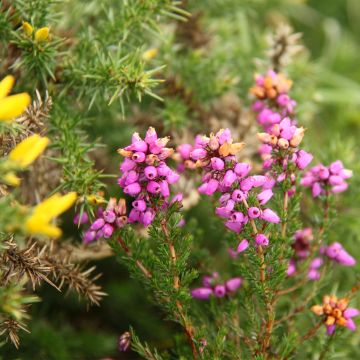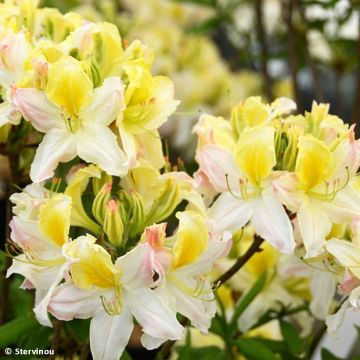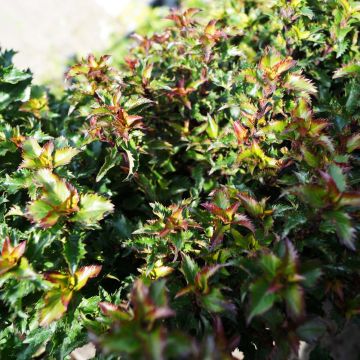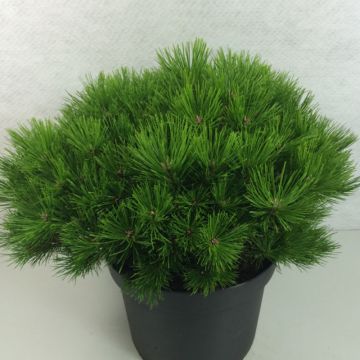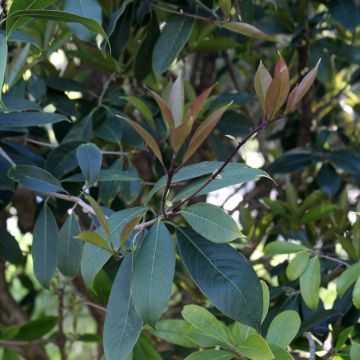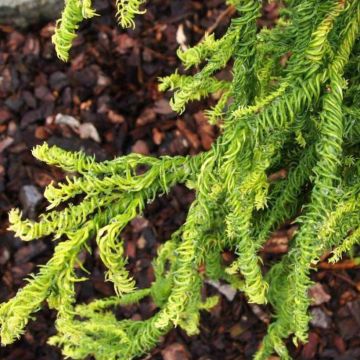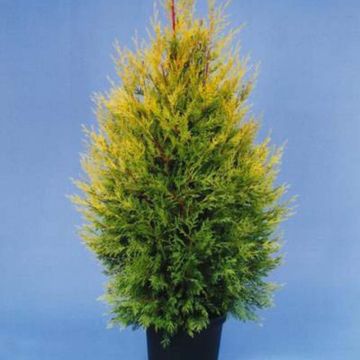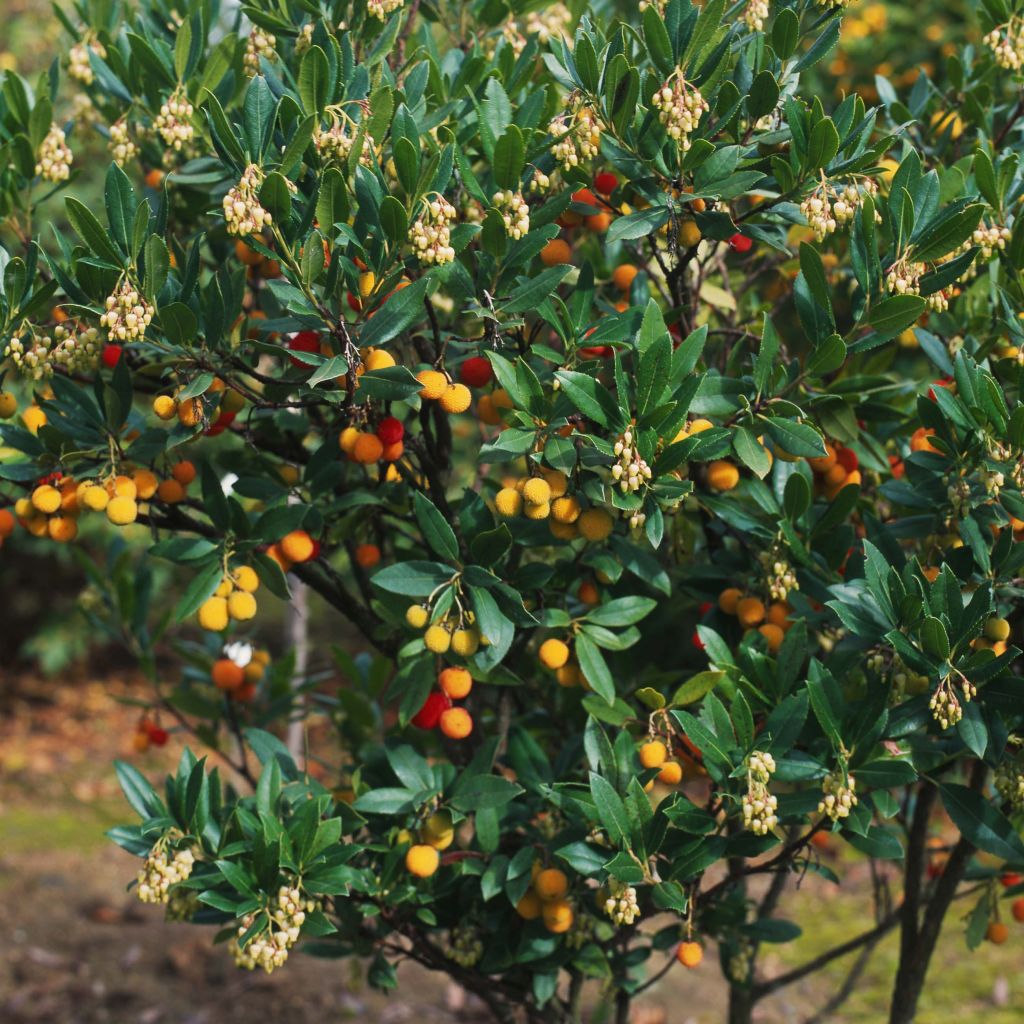

Arbutus unedo Atlantic - Strawberry Tree
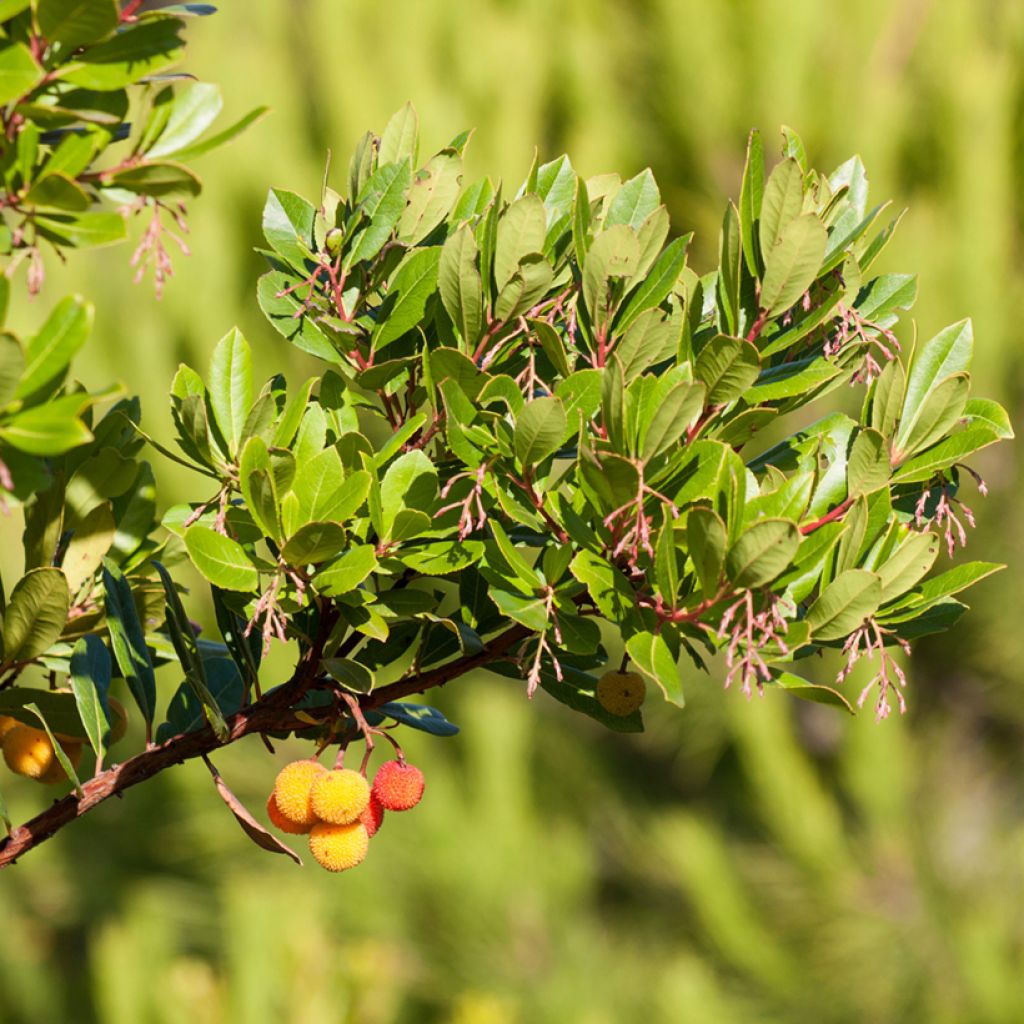

Arbutus unedo Atlantic - Strawberry Tree
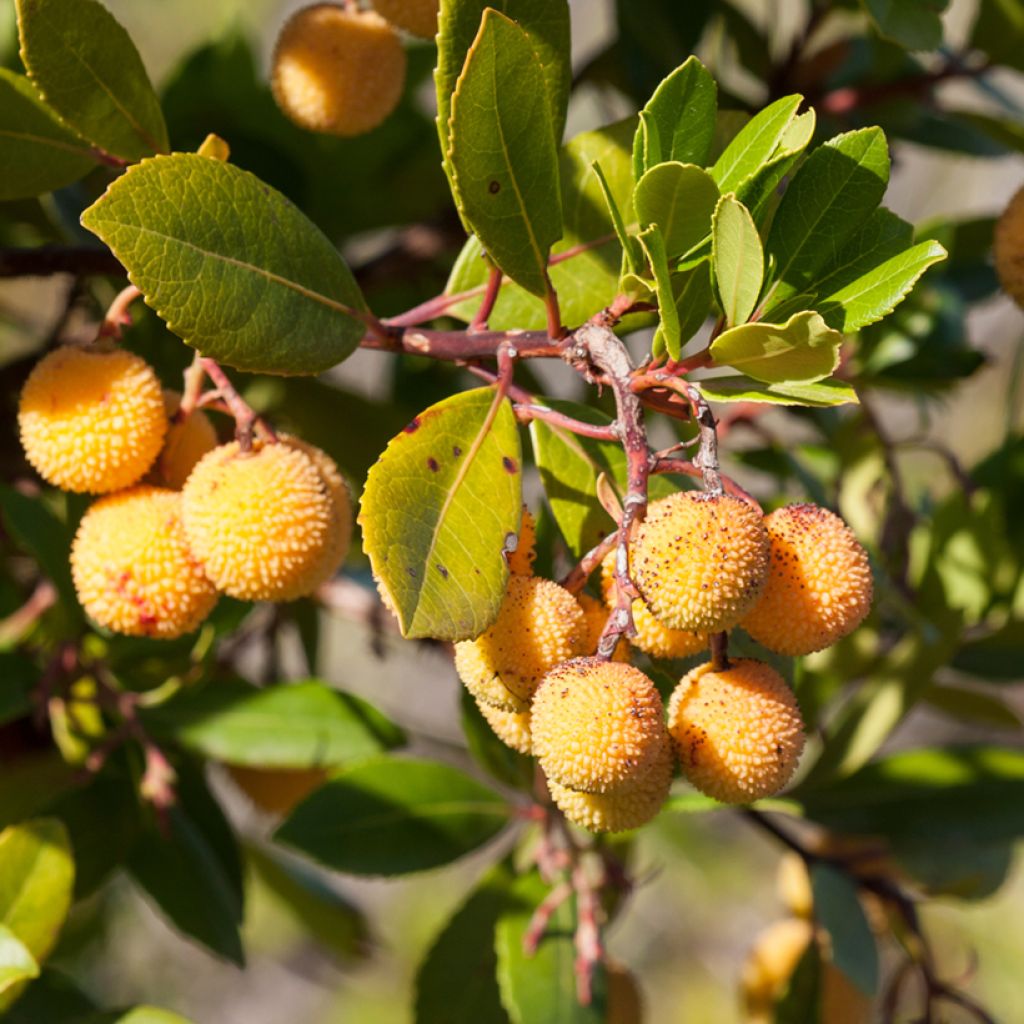

Arbutus unedo Atlantic - Strawberry Tree
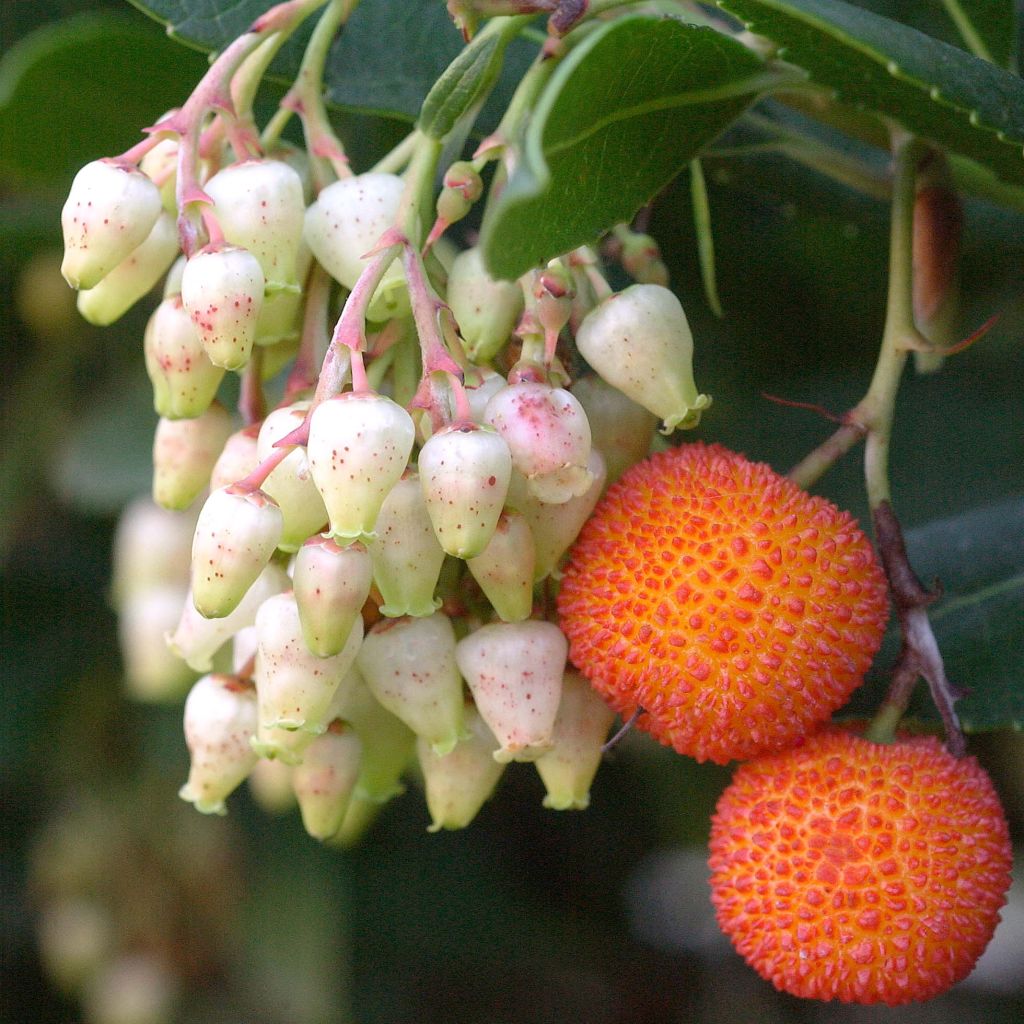

Arbutus unedo Atlantic - Strawberry Tree
Arbutus unedo Atlantic - Strawberry Tree
Arbutus unedo Atlantic
Strawberry Tree, Madrone, Irish Strawberry Tree, Killarney Strawberry Tree
This plant carries a 6 months recovery warranty
More information
We guarantee the quality of our plants for a full growing cycle, and will replace at our expense any plant that fails to recover under normal climatic and planting conditions.
From €5.90 for pickup delivery and €6.90 for home delivery
Express home delivery from €8.90.

Description
The 'Atlantic' Strawberry Tree (Arbutus unedo) is a variety with a compact habit, evergreen and decorative foliage. Sometimes called the 'strawberry tree', this bush produces large red fruits in autumn. The flowering in the form of white bells appears in the previous autumn. This variety can be grown in a pot. Planting in spring or autumn, harvest from September to November.
Originally from the Mediterranean, the Strawberry Tree is a slow-growing evergreen and decorative bush. The 'Atlantic' variety, obtained by the French nurseryman Minier, has a compact habit, reaching 2m (6ft 7in) in height and 1.50m (4ft 11in) in width. Hardy up to -10°C (14 °F), the Strawberry Tree produces twisted branches with reddish-brown bark. The elliptical leaves, 6 to 9cm (2.4 to 3.5in) long, are slightly toothed on the edges, dark green, shiny on the upper side.
Flowering takes place from the end of August, in the form of white bells resembling those of lily of the valley. One year later, these honey-scented flowers will have produced fruits of 3 to 4cm (1.2 to 1.6in) in diameter, yellow-orange in colour and then red when ripe. Thus, in autumn, this shrub will simultaneously bear flowers and fruits. The strawberry-like fruits have a granular skin and a yellow flesh containing many small seeds. They are harvested when they are red and soft to the touch. These fruits with a tangy and sweet taste are consumed cooked, in jams, jellies or liqueurs.
In the garden, the Strawberry Tree is planted in isolation, as a hedge or in a container. This variety is particularly well suited for small spaces thanks to its compact habit.
Report an error about the product description
Arbutus unedo Atlantic - Strawberry Tree in pictures
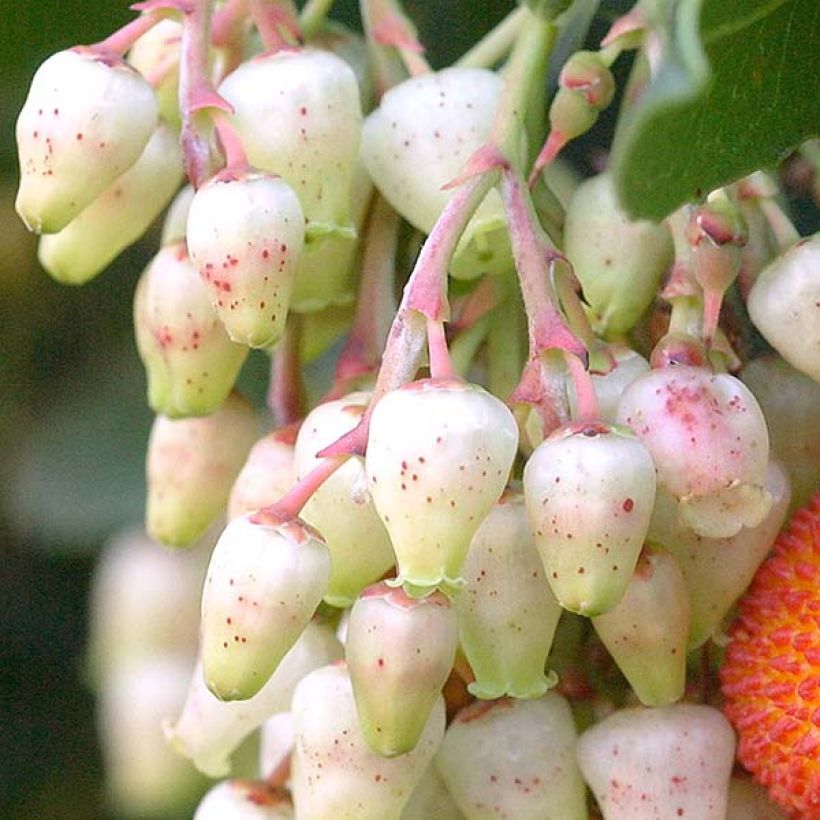

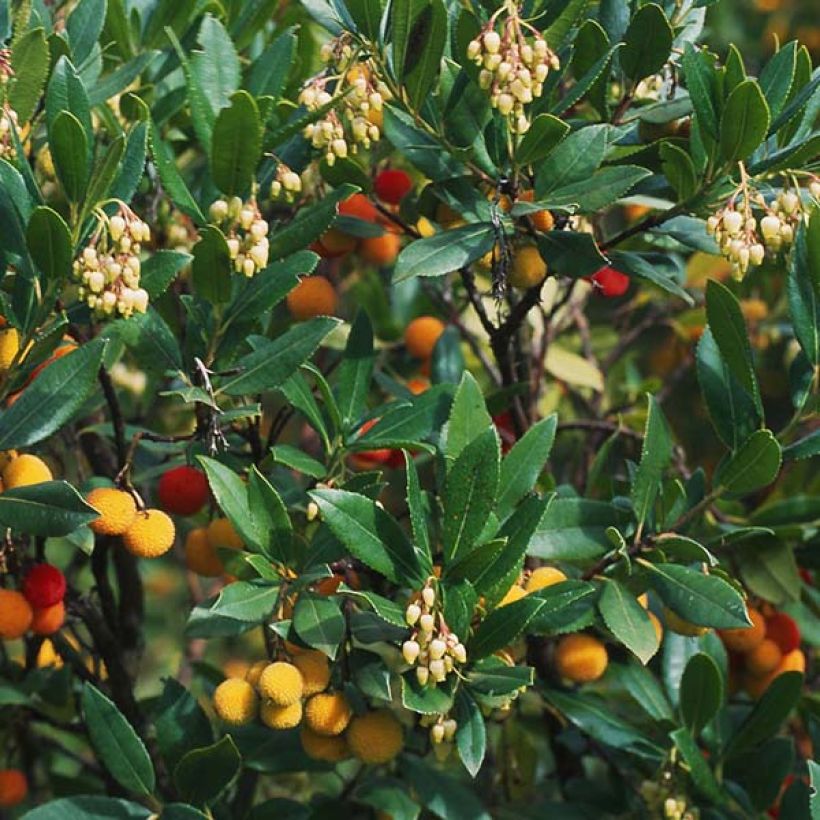

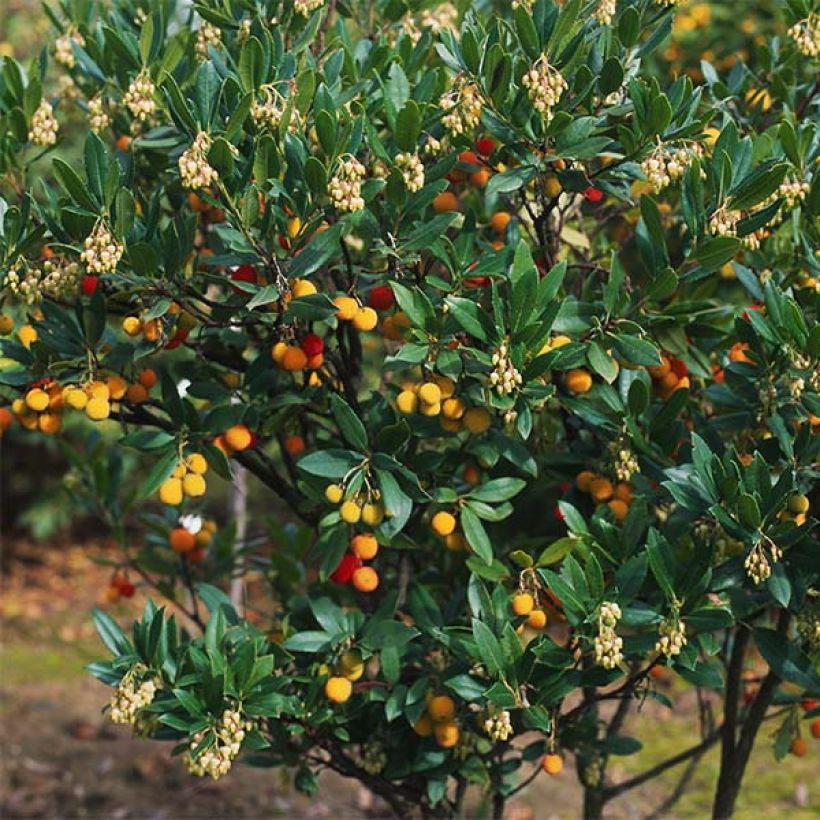

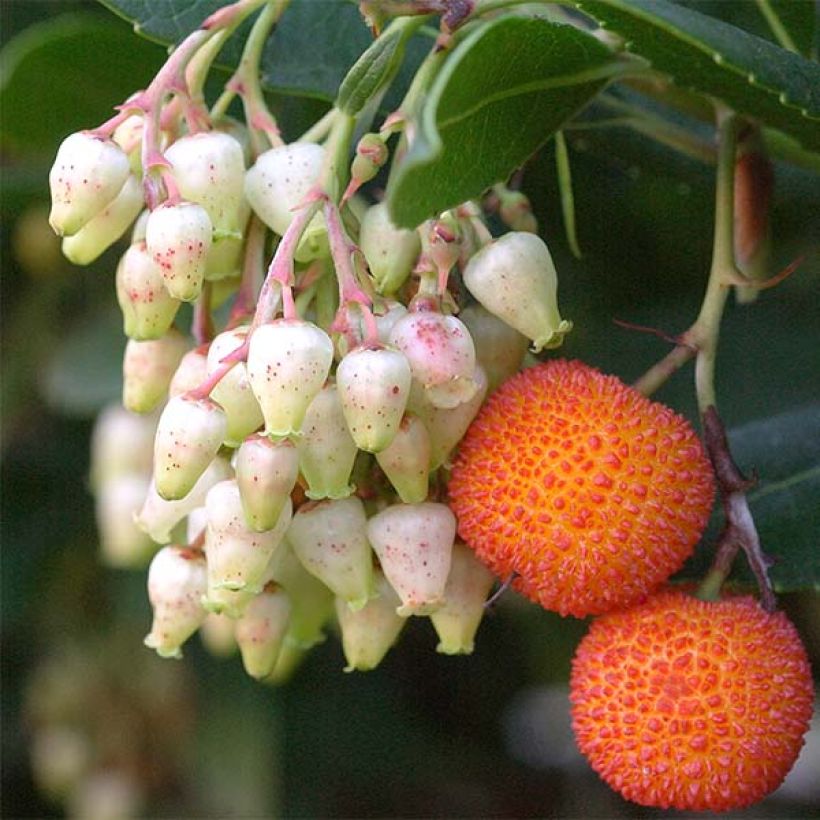

Plant habit
Fruit
Flowering
Foliage
Botanical data
Arbutus
unedo
Atlantic
Ericaceae
Strawberry Tree, Madrone, Irish Strawberry Tree, Killarney Strawberry Tree
Mediterranean
Other Arbutus - Strawberry tree
Planting and care
The Strawberry Tree appreciates well-drained and light soils, with a tendency towards acidity or neutrality, tolerating drought. Prefer a sunny or semi-shaded exposure, in a place sheltered from cold winds. Planting is done in spring or autumn.
Dig a deep hole as the Strawberry Tree will develop a long tap root. Add a mixture of sand and soil, place the young plant and cover it. Water only at the time of planting and during the first year.
Cultivation in a pot is possible for this variety.
In cooler regions, protect the Strawberry Tree with a winter cover and mulch the base in winter.
Pruning is not necessary, except at the time of planting.
Planting period
Intended location
Care
-
, onOrder confirmed
Reply from on Promesse de fleurs
Evergreen shrubs
Haven't found what you were looking for?
Hardiness is the lowest winter temperature a plant can endure without suffering serious damage or even dying. However, hardiness is affected by location (a sheltered area, such as a patio), protection (winter cover) and soil type (hardiness is improved by well-drained soil).

Photo Sharing Terms & Conditions
In order to encourage gardeners to interact and share their experiences, Promesse de fleurs offers various media enabling content to be uploaded onto its Site - in particular via the ‘Photo sharing’ module.
The User agrees to refrain from:
- Posting any content that is illegal, prejudicial, insulting, racist, inciteful to hatred, revisionist, contrary to public decency, that infringes on privacy or on the privacy rights of third parties, in particular the publicity rights of persons and goods, intellectual property rights, or the right to privacy.
- Submitting content on behalf of a third party;
- Impersonate the identity of a third party and/or publish any personal information about a third party;
In general, the User undertakes to refrain from any unethical behaviour.
All Content (in particular text, comments, files, images, photos, videos, creative works, etc.), which may be subject to property or intellectual property rights, image or other private rights, shall remain the property of the User, subject to the limited rights granted by the terms of the licence granted by Promesse de fleurs as stated below. Users are at liberty to publish or not to publish such Content on the Site, notably via the ‘Photo Sharing’ facility, and accept that this Content shall be made public and freely accessible, notably on the Internet.
Users further acknowledge, undertake to have ,and guarantee that they hold all necessary rights and permissions to publish such material on the Site, in particular with regard to the legislation in force pertaining to any privacy, property, intellectual property, image, or contractual rights, or rights of any other nature. By publishing such Content on the Site, Users acknowledge accepting full liability as publishers of the Content within the meaning of the law, and grant Promesse de fleurs, free of charge, an inclusive, worldwide licence for the said Content for the entire duration of its publication, including all reproduction, representation, up/downloading, displaying, performing, transmission, and storage rights.
Users also grant permission for their name to be linked to the Content and accept that this link may not always be made available.
By engaging in posting material, Users consent to their Content becoming automatically accessible on the Internet, in particular on other sites and/or blogs and/or web pages of the Promesse de fleurs site, including in particular social pages and the Promesse de fleurs catalogue.
Users may secure the removal of entrusted content free of charge by issuing a simple request via our contact form.
The flowering period indicated on our website applies to countries and regions located in USDA zone 8 (France, the United Kingdom, Ireland, the Netherlands, etc.)
It will vary according to where you live:
- In zones 9 to 10 (Italy, Spain, Greece, etc.), flowering will occur about 2 to 4 weeks earlier.
- In zones 6 to 7 (Germany, Poland, Slovenia, and lower mountainous regions), flowering will be delayed by 2 to 3 weeks.
- In zone 5 (Central Europe, Scandinavia), blooming will be delayed by 3 to 5 weeks.
In temperate climates, pruning of spring-flowering shrubs (forsythia, spireas, etc.) should be done just after flowering.
Pruning of summer-flowering shrubs (Indian Lilac, Perovskia, etc.) can be done in winter or spring.
In cold regions as well as with frost-sensitive plants, avoid pruning too early when severe frosts may still occur.
The planting period indicated on our website applies to countries and regions located in USDA zone 8 (France, United Kingdom, Ireland, Netherlands).
It will vary according to where you live:
- In Mediterranean zones (Marseille, Madrid, Milan, etc.), autumn and winter are the best planting periods.
- In continental zones (Strasbourg, Munich, Vienna, etc.), delay planting by 2 to 3 weeks in spring and bring it forward by 2 to 4 weeks in autumn.
- In mountainous regions (the Alps, Pyrenees, Carpathians, etc.), it is best to plant in late spring (May-June) or late summer (August-September).
The harvesting period indicated on our website applies to countries and regions in USDA zone 8 (France, England, Ireland, the Netherlands).
In colder areas (Scandinavia, Poland, Austria...) fruit and vegetable harvests are likely to be delayed by 3-4 weeks.
In warmer areas (Italy, Spain, Greece, etc.), harvesting will probably take place earlier, depending on weather conditions.
The sowing periods indicated on our website apply to countries and regions within USDA Zone 8 (France, UK, Ireland, Netherlands).
In colder areas (Scandinavia, Poland, Austria...), delay any outdoor sowing by 3-4 weeks, or sow under glass.
In warmer climes (Italy, Spain, Greece, etc.), bring outdoor sowing forward by a few weeks.

































